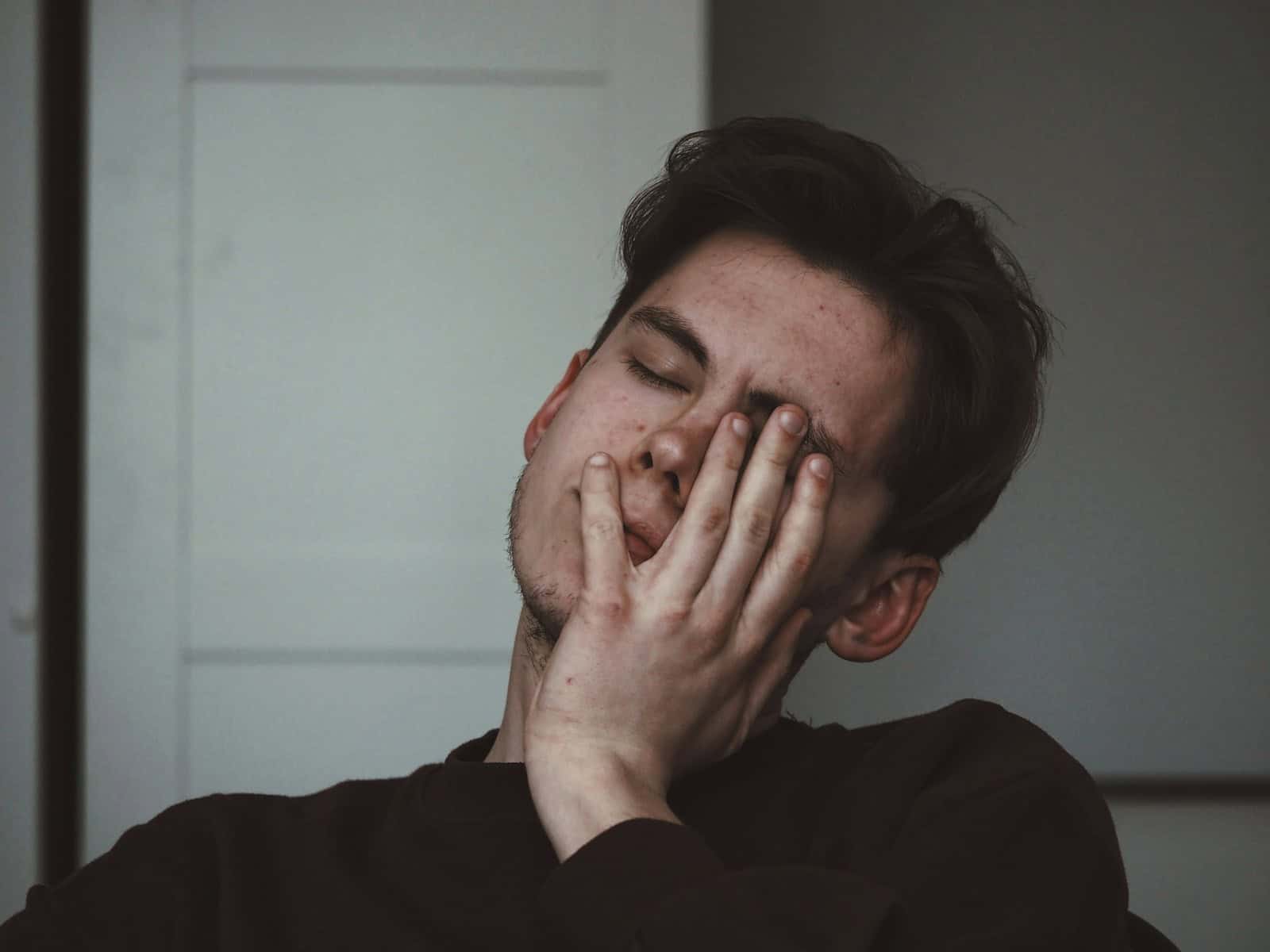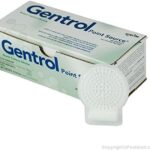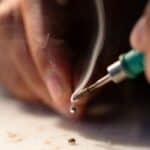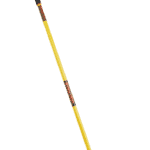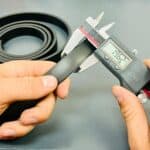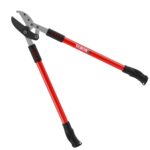Low blood pressure, also known as hypotension, can lead to symptoms like dizziness, lightheadedness, and fainting. It can make daily activities difficult and cause concern. Drinking more water and increasing salt in the diet are simple ways to help raise blood pressure. Hydration helps prevent dehydration, which is a common cause of low blood pressure.
Diets rich in sodium can also help manage symptoms of hypotension. Adding a bit more salt to meals can make a difference. Wearing compression stockings can support blood flow and help reduce dizziness and fainting. Another effective strategy is eating small, frequent meals to keep blood pressure stable throughout the day.
Sometimes, medical conditions like anemia or heart problems lead to low blood pressure. It’s important to recognize the symptoms early so steps can be taken to manage it. Keeping an eye on blood pressure regularly can prevent complications. It’s always a good idea to speak to a doctor if these methods don’t help.
Understanding Low Blood Pressure
Low blood pressure, or hypotension, can affect health in many ways. It is important to know what low blood pressure is, its causes, and what the numbers mean.
Defining Hypotension
Hypotension is another name for low blood pressure. Normal blood pressure typically reads around 120/80 mm Hg. Hypotension is usually diagnosed when blood pressure is lower than 90/60 mm Hg. Blood pressure is measured in millimeters of mercury (mm Hg) and has two numbers: systolic and diastolic. Systolic pressure is the top number and measures pressure when the heart beats. Diastolic pressure is the bottom number and measures pressure when the heart rests between beats.
Causes of Low Blood Pressure
Many things can cause low blood pressure:
- Dehydration: Not drinking enough water.
- Heart problems: Heart failure or valve diseases.
- Blood loss: Injury causing major blood loss.
- Infection: Severe infections can cause septic shock.
- Allergic reactions: Anaphylaxis can drop blood pressure suddenly.
- Orthostatic hypotension: Standing up quickly can cause a drop in blood pressure.
- Postprandial hypotension: Blood pressure drops after eating.
- Medications: Drugs like beta-blockers, diuretics, and antidepressants.
- Chronic conditions: Like diabetes or Parkinson’s disease.
Blood Pressure Readings: What Numbers Mean
Blood pressure readings have two numbers:
- Systolic pressure: First or top number. It measures the pressure in arteries when the heart beats.
- Diastolic pressure: Second or bottom number. It measures the pressure in arteries when the heart rests between beats.
Here is a simple table to understand:
| Type of Pressure | Normal Range | Low Range |
|---|---|---|
| Systolic | 90-120 mm Hg | Below 90 mm Hg |
| Diastolic | 60-80 mm Hg | Below 60 mm Hg |
When the blood pressure reading is lower than 90/60 mm Hg, it’s considered low. Symptoms might not always be noticeable, but dizziness or fainting can occur.
Managing and Treating Low Blood Pressure
Managing low blood pressure often involves simple steps like lifestyle changes, medical treatments, and knowing when to seek help from a healthcare provider.
Lifestyle Changes and Home Remedies
Drinking more water helps raise blood pressure by increasing fluid in the body. It’s good to drink water regularly through the day. Eating more salt can also help. Adding a little more salt to your diet can make a difference. Smaller meals are easier to process and can prevent sudden drops in blood pressure.
Compression stockings can help keep blood in the legs from pooling. They support better circulation and maintain blood pressure. Caffeine can also help temporarily raise blood pressure. A cup of coffee in the morning may help with low blood pressure symptoms.
Getting enough vitamin B12, folate, and iron is very important. Foods rich in these vitamins include eggs, leafy greens, and red meat. These nutrients prevent anemia, which is a common cause of low blood pressure.
Medical Interventions
In some cases, doctors may prescribe medications. Fludrocortisone is commonly used and helps your body retain sodium, which raises blood pressure. Midodrine is another medication that tightens blood vessels, making it easier for your heart to pump blood.
Monitoring blood pressure at home with a home monitor can be helpful too. Taking regular readings can show how well lifestyle changes and medications are working. Tricyclic antidepressants might also be used if low blood pressure is due to depression. Antidepressants help balance chemicals in the brain that affect blood pressure.
If low blood pressure is due to a serious health issue, like severe infection or allergic reaction (anaphylaxis), treating the underlying cause is essential. Immediate medical attention can help manage these conditions effectively.
When to See a Healthcare Professional
It is important to see a healthcare professional if low blood pressure symptoms become frequent or severe. These symptoms can include fainting, dizziness, or extreme fatigue. Frequent monitoring and regular check-ups are crucial if you experience these symptoms often.
If there is a sudden drop in blood pressure accompanied by signs of shock, stroke, or heart attack, it’s a medical emergency. Call 911. Quick response can be life-saving.
For ongoing symptoms, speak to a healthcare provider. They can suggest the best treatment plan. This might include more tests to find out what’s causing the low blood pressure. Talking with a professional can help find the right approach to manage it successfully.
Frequently Asked Questions
Low blood pressure can be troubling. This section provides clear answers on what to eat, how to manage it, signs to watch for, and specific measures to raise blood pressure.
What should I eat if my blood pressure is low?
Eating salty foods can help. Foods like pickles, olives, and salted nuts are good choices. Eating small, frequent meals can also prevent too low blood pressure. Make sure to drink plenty of water to stay hydrated.
What to do if Blood Pressure is too low?
If blood pressure drops too low, lie down with feet elevated. Drink water and eat something salty. Get medical help if you feel faint or if symptoms persist.
What are the signs indicating blood pressure might be dangerously low?
Feeling dizzy or lightheaded can be a sign. Fainting, blurry vision, or nausea are also signs. If you feel confused or have cold, clammy skin, seek medical help immediately.
What immediate measures can be taken at home to raise blood pressure?
Drink a glass of water. Add a pinch of salt to a small snack. Lie down with your legs elevated. Avoid standing up too quickly. These steps can provide quick relief.
What could be causing my low blood pressure?
Dehydration is common. Blood loss from injury or menstrual cycles can lower it. Medications, like diuretics, might also cause it. Sometimes, underlying conditions like diabetes or heart issues play a role.
How does low blood pressure affect females differently than males?
Females might experience low blood pressure during their menstrual cycle. Pregnancy can also affect blood pressure due to hormonal changes. Females might be more sensitive to certain medications that lower blood pressure.

